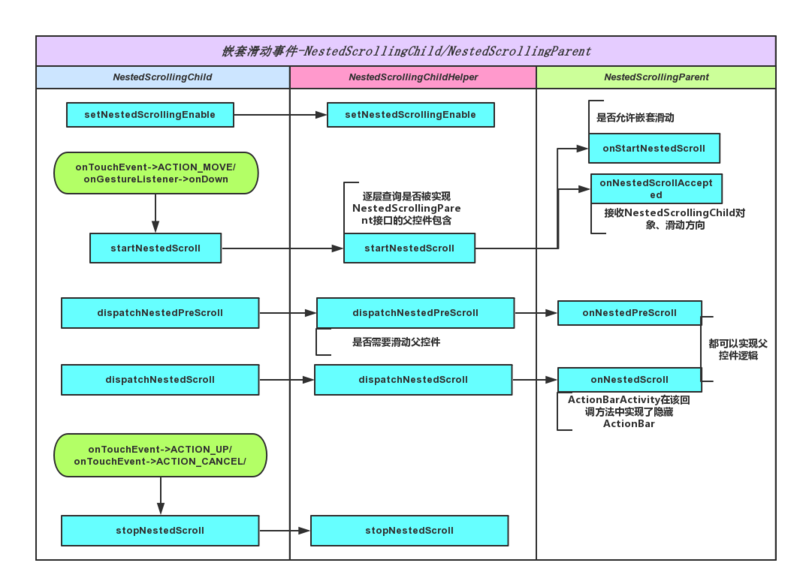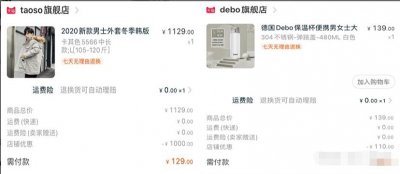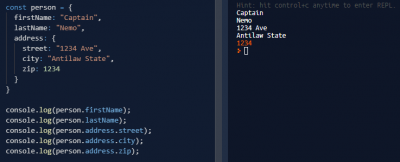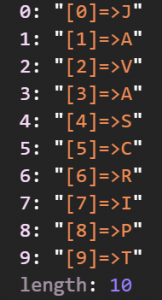具体效果可以对比一下:


重点文字标记在segmentfault上支持code标签,简书上最多只能通过粗体实现。(反正我是没有找到更好的方法)
说到Gemini,我也是这两天因为了解NestedScrolling时接触到的,粗略看了一下资料和文章浏览数,赞! 我的大神!
好,前番就到这了,开始正题NestedScrolling。
之前了解
NestedScrolling的时候看过一些博客,其中就包括Gemini的segmentfault,当时看的时候因为不仔细不以为然,最后才发现这篇博客是对NestedScrolling介绍最清楚的,作为惩罚也好膜拜也罢,把本来可以cv过来的博客手动敲一遍,顺便补充一下自己的一些额外理解。再次感谢
Gemini
Android 在发布 Lillipop 版本后,为了更好的用户体验,Google为Android的滑动机制提供了NestedScrolling机制。
NestedScrolling的特性可以体现在哪儿呢?
比如你用了Toolbar,下面一个ScrollView,向上滚动隐藏Toolbar,向下滚动显示Toolbar,这里在逻辑上就是一个NestedScrolling ——因为你在滚动整个Toolbar在内的View的过程中,又嵌套滚动了里边的ScrollView。
如图:

在这之前,我们知道Android对Touch事件分发是有自己的一套机制。主要是有三个函数:
dispatchTouchEvent, onInterceptTouchEvent, onTouchEvent。
这种分发机制有一个漏洞:
如果子view获得处理touch事件机会的时候,父view就再也没有机会处理此次touch事件,直到下一次手指触发。
也就是说,我们在滑动子view的时候,如果子view对这个滑动事件不需要处理的时候,只能抛弃这个touch事件,而不会传给父view去处理。
但Google新的NestedScrolling机制就很好的解决了这个问题。
NestedScrolling主要有四个类需要关注:
NestedScrollingChild
NestedScrollingChildHelper
NestedScrollingParent
NestedScrollingParentHelper
以上四个类都在support-v4包中提供,Lollipop中部分View默认实现了NestedScrollingChild或NestedScrollingParent。
v4包中NestedScrollView同时实现了NestedScrollingChild和NestedScrollingParent。
一般实现NestedScrollingChild就可以了,父View用support-design提供的实现了NestedScrollingParent的CoordinatorLayout即可。
@Override
public void setNestedScrollingEnabled(boolean enabled) {
super.setNestedScrollingEnabled(enabled);
mChildHelper.setNestedScrollingEnabled(enabled);
}
@Override
public boolean isNestedScrollingEnabled() {
return mChildHelper.isNestedScrollingEnabled();
}
@Override
public boolean startNestedScroll(int axes) {
return mChildHelper.startNestedScroll(axes);
}
@Override
public void stopNestedScroll() {
mChildHelper.stopNestedScroll();
}
@Override
public boolean hasNestedScrollingParent() {
return mChildHelper.hasNestedScrollingParent();
}
@Override
public boolean dispatchNestedScroll(int dxConsumed, int dyConsumed, int dxUnconsumed, int dyUnconsumed, int[] offsetInWindow) {
return mChildHelper.dispatchNestedScroll(dxConsumed, dyConsumed, dxUnconsumed, dyUnconsumed, offsetInWindow);
}
@Override
public boolean dispatchNestedPreScroll(int dx, int dy, int[] consumed, int[] offsetInWindow) {
return mChildHelper.dispatchNestedPreScroll(dx, dy, consumed, offsetInWindow);
}
@Override
public boolean dispatchNestedFling(float velocityX, float velocityY, boolean consumed) {
return mChildHelper.dispatchNestedFling(velocityX, velocityY, consumed);
}
@Override
public boolean dispatchNestedPreFling(float velocityX, float velocityY) {
return mChildHelper.dispatchNestedPreFling(velocityX, velocityY);
}
简单逻辑这样就可以实现嵌套滑动。
以上接口都是业务逻辑中自己调用,NestedScrollingChildHelper是如何实现的呢? 先看一下startNestedScroll方法
/**
* Start a new nested scroll for this view.
*
* <p>This is a delegate method. Call it from your {@link android.view.View View} subclass
* method/{@link NestedScrollingChild} interface method with the same signature to implement
* the standard policy.</p>
*
* @param axes Supported nested scroll axes.
* See {@link NestedScrollingChild#startNestedScroll(int)}.
* @return true if a cooperating parent view was found and nested scrolling started successfully
*/
public boolean startNestedScroll(int axes) {
if (hasNestedScrollingParent()) {
// Already in progress
return true;
}
if (isNestedScrollingEnabled()) {
ViewParent p = mView.getParent();
View child = mView;
while (p != null) {
if (ViewParentCompat.onStartNestedScroll(p, child, mView, axes)) {
mNestedScrollingParent = p;
ViewParentCompat.onNestedScrollAccepted(p, child, mView, axes);
return true;
}
if (p instanceof View) {
child = (View) p;
}
p = p.getParent();
}
}
return false;
}
可以看到这里是帮你实现了与NestedScrollingParent交互的一些方法。
ViewParentCompat是一个和父View交互的兼容类,判断API version,如果在Lollipop上就调用View自带的方法,否则判断如果实现了NestedScrollingParent,则调用实现接口的方法。
子View与父View的交互流程如下:
一、startNestedScroll
首先子View需要开启整个流程(通过屏幕滑动触发touch事件),通过NestedScrollingChildHelper找到并通知实现了NestedScrollingParent的父View中onStartNestedScroll和onNestedScrollAccepted方法。
二、dispatchNestedPreScroll
在子View的onIterceptTouchEvent和onTouch中(一般在MontionEvent.ACTION_MOVE事件里),调用改方法通知父View的滑动距离,该方法的第三第四个参数返回父View消费掉的scroll长度和子View的窗口偏移量,如果这个scroll没有被消费完,则子View处理剩余距离,由于窗口被移动,如果记录了手指最后的位置,需要根据第四个参数offsetInWindow计算偏移量,才能保证下一次touch事件的计算是正确的。
如果父View接受了滚动参数并部分消费,则该函数返回true,否则返回false。该函数一般在子View处理Scroll前调用。
三、dispatchNestedScroll
向父View汇报滚动情况,包括子View已消费和未消费的值。
如果父View接受了滚动参数,部分消费则函数返回true,否则返回false。
该函数一般在子View处理Scroll后调用。
四、stopNestedScroll
结束整个嵌套滑动流程。
流程中NestedScrollingChild和NestedScrollingParent对应如下:
| NestedScrollingChildImpl | NestedScrollingParentImpl |
onStartNestedScroll |
onStartNestedScroll, onNestedScrollAccepted |
dispatchNestedPreScroll |
onNestedPreScroll |
dispatchNestedScroll |
onNestedScroll |
stopNestedScroll |
onStopNestedScroll |
一般是子View发起调用,父View接受回调。
需要关注dispatchNestedPreScroll中的consumed参数:
public boolean dispatchNestedPreScroll(int dx, int dy, int[] consumed, int[] offsetInWindow) ;
该参数是一个int类型的数组,长度为2,第一个元素是父View消费的x轴方向的滚动距离,第二个元素是父View消费的y轴方向的滚动距离,如果两个值均不为0,则表示父View已消费滚动距离,则需要对子View滚动距离进行修正,正因为有该参数,使得处理滚动事件时思路更加清晰,不会像以前一样被一堆滚动参数搞混。
自己理解的NestedScrolling简要流程图(不包含Fling事件及返回值的逻辑):

热门源码











